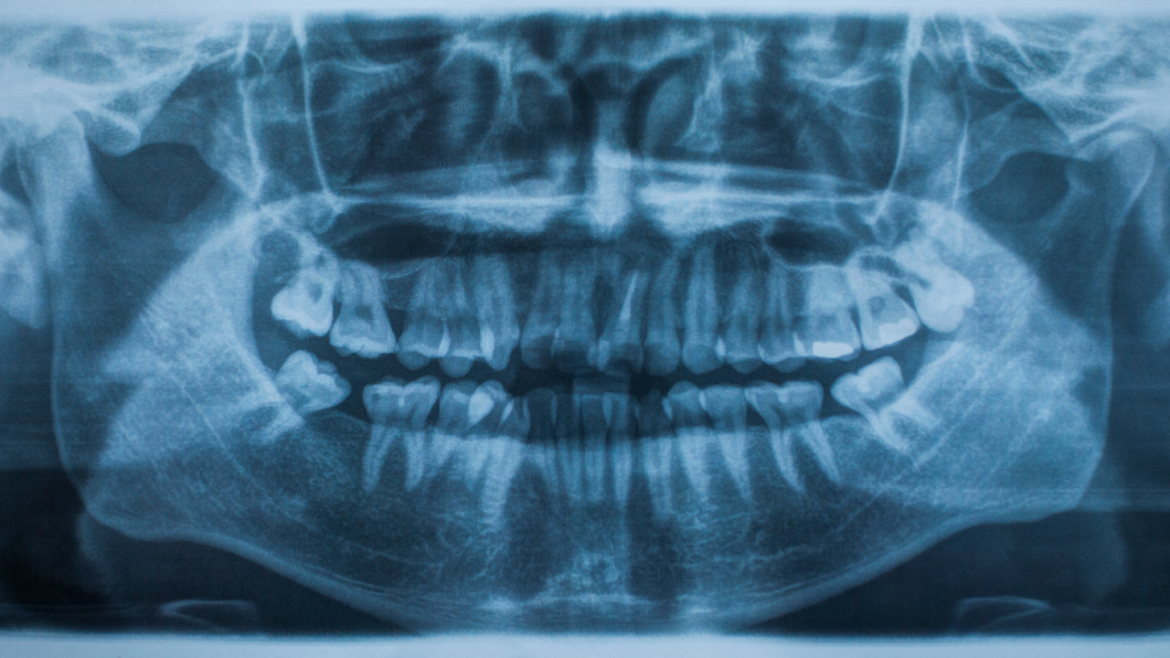Ionizing radiation is energy that can emit energy exceeding the energy necessary to remove an electron from an atom. This is called ionization, and it changes the structure of atoms and molecules. Sometimes, radiation comes from natural sources, and other times, it is man-made for various uses. X-ray radiation differs from different types of ionizing radiation in their characteristics and the extent of their application in practice. Let’s dig in deeper to uncover more!
What Is Ionizing Radiation?
Ionizing radiation is any particle or emitted wavelength that has enough energy to dislodge tightly bound electrons from atomic nuclei. It leaves atoms charged, and there is charging up, which leads to chemical changes in biological systems. Alpha particles, beta particles, gamma rays, and X-rays are the four most widespread forms of ionizing radiation. In terms of the ability with which these forms of radiation oscillate and the extent to which they can permeate different materials.
In particular, as to the sort of radiation, the mechanism focuses on the generation of X-ray, a type of electromagnetic radiation that ranges between ultraviolet light and gamma rays. Radiant energy in the X-ray range is greater than ultraviolet but less than gamma rays; X-rays can be used in several ways, for example, in medical diagnosis and non-destructive testing.
How X-rays Are Produced
Conventionally, x-rays are generated in a device which refers to an X-ray tube. In it, electrons are accelerated through a vacuum towards a metal target within the tube. A small part of the energy of incoming high-energy electrons is converted into X-ray photons on impact with the target. However, these photons come out of the tube and are focused on the object or the patient under observation.
Other sources of X-ray frequencies are obtained from external physical sources, such as physical bodies in the universe, including stars and supernovae. Sadly, a vast majority of medical and industrial X-rays are artificially generated through specialized machinery.
Applications of X-rays: Levelling the Field by Making Use of Their Specialty
The chance for X-raying materials and the ionizing characteristics of X-rays have made them useful in different areas, especially in health facilities, industries and security.
- Medical Imaging
- Industrial Inspection
- Security Screening
- Scientific Research
Risk Issues and Mitigation
While using X-rays has its advantages, it is also fraught with certain risks and hazards resulting from ionising the X-rays’ ionising ability. Ionization is unfavourable for biological tissues because it may cause symptoms such as DNA radiation and cancer. However, it has to be mentioned that those levels in dental imaging tend to be low, and, most of the time, the benefits of X-ray exams will overshadow the risks by light years.
The US Food and Drug Administration (FDA) and the American National Standards Institute (ANSI) have laid down principles to regulate the amount of radiation received by a subject. Due to these guidelines, any possible risk is lowered because every procedure contains guidelines that recommend the least amount of doses that must be used. Furthermore, technological advancements have enhanced imaging to be safe and efficient for use in other areas of the human body.
Why It Is Impossible to Dispense With X-Rays in Some Areas
Energy, the ability to penetrate, and the possibility of controlling X-rays make them irreplaceable in such important spheres as medicine and industrial inspection. Other types of ionizing radiation include gamma radiation, which goes deeper into materials, while X-rays give the correct energy and accuracy for medical as well as industrial applications.
X-rays are also advantageous in a number of ways, including the fact that they come in a number of energy outputs, which makes them important in areas where detailed information is needed. Future development guarantees that X-rays will remain relevant in imaging and inspection across various fields.
Conclusion
X-rays are a special type of ionizing radiation that possesses qualities that are essential in a wide sphere of practical applications, ranging from medicine and industry to various scientific investigations. For this reason, their ability to penetrate materials together with their ionization power makes it possible to exercise non-destructive testing and visualization of deep structures.
It is noteworthy that, along with the constant development of technology, the use of X-ray devices has become more secure and efficient. Nonetheless, the dangers attributable to ionizing radiation imply that X-rays will endure as a semi-type of professional diagnosis and industrial metrology. Knowledge of the features of X-rays can explain their significance in the enhancement of society’s quality and the need for further developments in this area.

